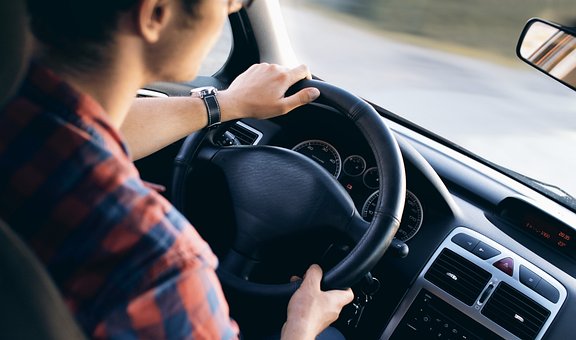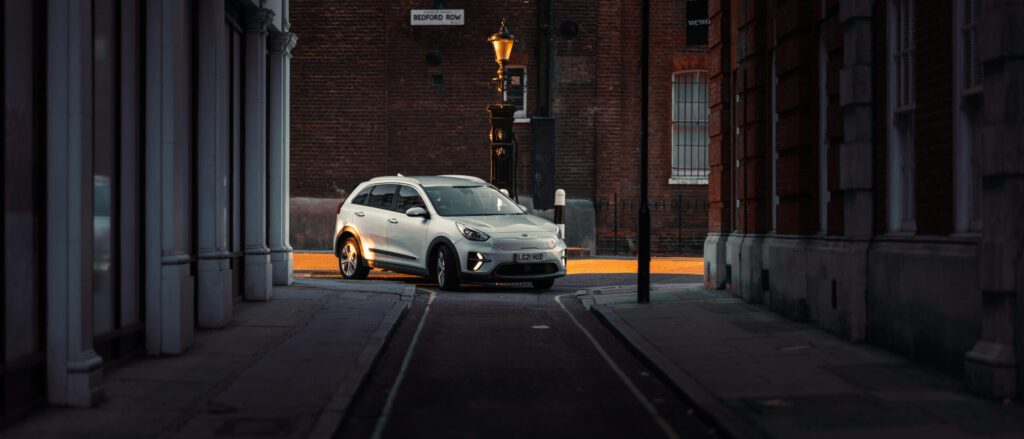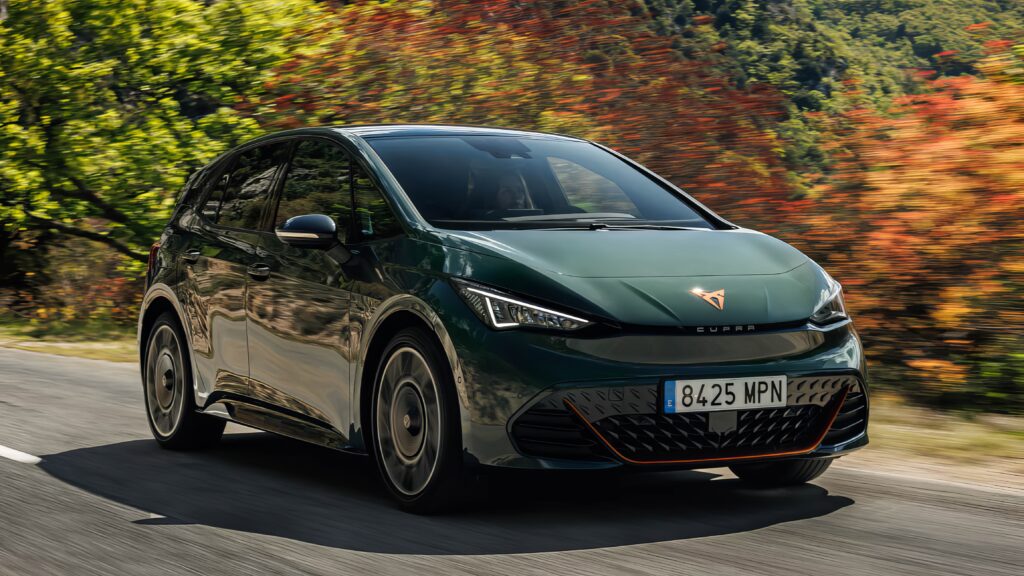

The rules for car importation and re-importation in the UK are similar in several ways. The major difference is that you may be exempt from certain payments when bringing in a previously exported car back into the UK.
Also, the re-importation requirements will depend on whether the vehicle was temporarily or permanently exported. Re-importing a previously exported vehicle to the UK can be straightforward if you are aware of all you will need beforehand.
Follow the guidelines provided here to begin or complete the process of vehicle re-importation in the UK. You will also learn the next steps to take after successfully re-importation.
Why Re-import A Previously Exported Car Into The UK
Several reasons exist why a person might be interested in re-importing their car after previously exporting it out of the UK. Depending on the destination country, the vehicle may have to be returned to the UK after being exported for a reason such as if there is a ‘retraction of export’ order.
You may also be bringing your car back to the UK after taking it for an exhibition or display in a foreign country. Some people may also prefer to export their cars to another country to have the vehicle repaired or for a special vehicle upgrade process like coating or electroplating.
The most common reason for exporting a car from the UK and bringing it back appears to be the car owner’s return to the United Kingdom. For instance, if a person had to be away from the UK because of work, they might have to re-import their car after their foreign work contract ends.
Regardless of the reason for re-importation, what is most important is that the car is in great condition, especially if you plan to re-import a car that wasn’t originally exported by you.
The amount of time that you exported the car determines the processes that you will need to follow to complete the re-importation process. This information must be established with the Driver and Vehicle Licensing Agency (DVLA) before importation.
You are still expected to comply with UK laws if the exported vehicle would be spending less than 12 months in the foreign country. This means that you will have to keep paying taxes in the UK for the car while it is overseas and you must also go with your recent MOT and UK insurance documents.
Foreign countries have respective regulations for driving, taxation, and licensing, so prepare to comply with them. Your V5C certificate or its duplicate should also be with you, as certain countries make them mandatory. If you are travelling to a non-EU country, you may have to pay duty unless you purchase a CPD Carnet.
The UK considers vehicles that have been exported for over 12 months permanently exported. Since you must have registered the vehicle in a foreign country within this duration, the car will be treated as a fresh import during re-importation.
During the initial export, you must have informed the DVLA of your intentions to export the car for over a year and filled the “permanent export” section of your V5C. Sometimes, that section might be missing from the log book, in which case you have to inform the DVLA in a letter about taking your vehicle abroad.
When re-importing a previously exported vehicle to the UK, if the vehicle has been exported for less than a year, it will be straightforward to import and register it.
Importing A Previously Exported Car To The UK
Since the DVLA treats all cars exported for over a year as permanent exports, you will have to follow the standard importation process, when re-importing a car that has been abroad for more than 12 months.
You can find a reputable transport company such as ShipMyCar to help you handle the logistics. Here are detailed steps on how to go about the re-importation:
- Notifying HMRC
The first step of the process is to provide the vehicle information to HM Revenue and Customs (HMRC) within 2 weeks of bringing the car in. You can notify HMRC here through Notification of Vehicle Arrivals (NOVA).
Your vehicle information is necessary for calculating your VAT status and allowing the notification period to extend beyond 14 days might attract a penalty.
Ensure that the details provided to HMRC are the same as what you intend to submit to DVLA during vehicle registration. The DVLA registering an imported vehicle is dependent on whether or not the information in your registration application matches what is in the HMRC record.
- VAT and duty
Based on the vehicle details provided, HMRC will inform you of the VAT or duty payable on the car. The vehicle’s overall cost, accessories attached, duty, and extra charges all determine the VAT.
The rate you will pay to HMRC depends on your vehicle type and the country you imported it from. You can inquire about rates ahead of importation. Re-imported cars are usually exempt from VAT and duty, provided you are eligible for relief or if you are relocating to the UK with the vehicle.
If the car is being re-imported to Northern Ireland from an EU country, VAT will be charged on it only if the vehicle has been driven for about 3,728 miles (6000 km) and if it isn’t older than 6 months.
Unless you are exempt, you must complete VAT and duty payment to start the process of re-registering a car in the UK.
- Vehicle approval
Getting vehicle approval may not be mandatory for registering an imported vehicle over 10 years old or cars that meet any of the exemption requirements. However, you must obtain approval if your car is not registered in the EU to demonstrate that the car conforms to road and safety standards in the UK.
A vehicle being re-imported from an EU country must have been registered there and provided a European Certificate of Conformity. This document might be accepted as an approval. You can process yours here if you don’t have an EU COC from the car’s manufacturer.
Registering A Re-imported Vehicle
After telling HMRC about the imported vehicle, satisfying VAT and duty, and getting vehicle approval, you can proceed with registering the car with DVLA. Follow these steps to register your imported car in the UK:
- Registration Application
Make an application by filling out the V55/5 form.
- Provide identity documents
The DVLA will request copies of your identity documents which can be your photocard driving license or any document that shows your name and address. You can use your passport, birth certificate, current utility bill, or recent bank statement.
Supporting Documents
The supporting documents will be attached to the identity documents during registration. Send in the following:
- Registration fee of £55, unless you are exempt.
- Vehicle tax payment.
- A recent MOT certificate if the vehicle is more than 3 years old, or 4 years old if you are registering it in Northern Island.
- Insurance certificate or cover note.
- Related documents.
- Proof of vehicle approval.
- Proof of vehicle collection date.
- Inspection:
The DVLA might inspect the vehicle and send you a vehicle log book (V5C) if the application was successful. This document carries your car’s license number, your name and address, vehicle identification number, and other information concerning the car.
How long it will take before you get your V5C varies, but you can expect it in less than 2 months. The logbook is part of the documents you will need to obtain a license plate.
Temporary Importation To The UK
Driving a foreign car in the UK without registering or paying taxes for the vehicle is possible. This falls under temporary importation and is ideal if you are simply visiting the country and do not plan to become a permanent resident.
The car must also be registered in the country you are importing it from and duly taxed. For temporary importation, you can drive your vehicle for a maximum of 6 months within a 12-month period. If you extend the 6-month limit, registering the car with DVLA will be mandatory.
So long as the car is for your personal use and you intend to take it out of the UK within 6 months of use, you don’t have to pay VAT or duty. Simply complete this form to claim relief.
You can use your foreign vehicle for more than 6 months if you originally live outside the UK, if you claimed relief upon arrival, and if you are staying for a fixed period for work or studies.
While you are in the UK, you will have to get temporary license plates if your vehicle has not been registered in a foreign country or if the number plate on it has unidentifiable characters. You can find out from DVLA if you need Temporary license plates.
The police may also stop you while you are driving on public roads with a foreign vehicle and all you need to do is show your custom relief form and proof of the duration you have been in the UK.











